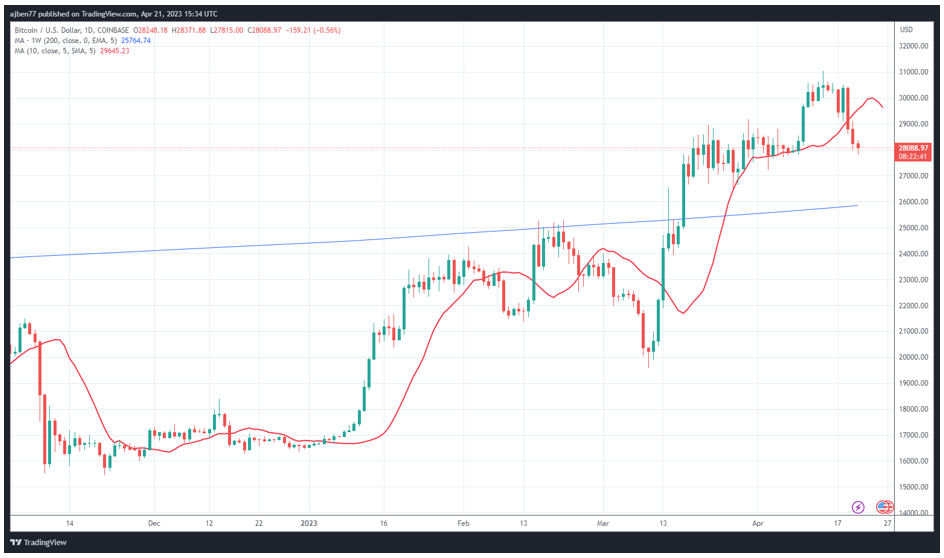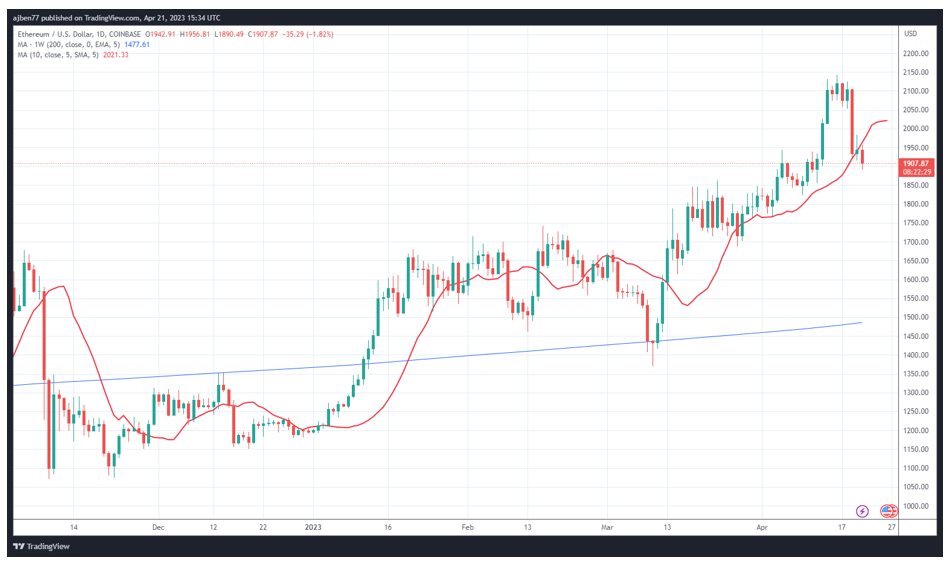Central Banks’ Money Printing Fiesta Fuels Crypto’s Moonshot
 |
| By Juan Villaverde & Alex Benfield |
Those talking heads on social media never seem to shut up about what drives price action in financial markets, spewing endless factors as if they are market wizards.
Let me tell you a little secret: It is all nonsense.
For the past 15 years, there has been one thing — and one thing only — that has truly mattered for financial assets: central bank liquidity.
You see, when central banks start printing money, it is like a magic trick. Everything goes up in price.
But do not be fooled. This is not real wealth creation. It is just a smokescreen conjured by the financial priesthood to delay the inevitable bursting of the sovereign debt bubble.
And let's not even get started on private debt.
Here is a little snapshot of the world's largest economies and their mountain of public and private debt as a percentage of GDP:
• European Union: 254%
• United States: 298%
• Japan: 490%
• United Kingdom: 272%
• China: 422%
Impressive, right? Or should I say terrifying?
Since this debt is basically unpayable, leading economies are always on the edge of a financial cliff. The only way they can avoid tumbling into the abyss is by printing money to buy back debt that would otherwise be in default.
And boy, do they print!
Since 2008, central banks have increased liquidity by 4.5 times. It is like a never-ending money-printing party.
Now, let's talk about the stock market. Since 2008, there is a mind-blowing 97% correlation between global liquidity and the performance of the Nasdaq. For crypto, it's 86%.
So, when central banks print, asset prices rise.
Forget about interest rates and inflation. They are just distractions.
All that matters is whether Federal Reserve Chair Jerome Powell and his international gang of money printers are in full swing.
Lately, the Fed has been going wild, increasing its balance sheet by hundreds of billions since March. It has even started a form of yield curve control, which I call YCC-lite.
By lending against Treasurys at par, the Fed is essentially fixing the price of sovereign debt to keep yields from skyrocketing and bankrupting the government faster than you can say "quantitative easing."
And what about banks and their underwater Treasury holdings? Oh, they will be practically begging the Fed to buy them!
In fact, the U.S. banking system is currently experiencing the largest drawdown in bank deposits since the 1970s … excluding what we saw in the aftermath of the World Trade Center attacks on 9/11.
Why does this matter? Well, this forces the Fed to print even more money, as banks need to liquidate their massive bond portfolios to meet withdrawals.
With YCC-lite, guess who is paying top dollar for those bonds? You guessed it: the Fed.
So, a mixture of people withdrawing money from banks, low tax receipts, high interest rates and unenthusiastic foreign investors have created a massive supply of bonds with no buyers ... except for the Fed and its printing press, of course.
Long story short, money printing is here to stay — even beyond 2023. And for crypto assets, that is like a one-way ticket to the moon.
Now let’s turn to Alex’s take on the situation …
Ah, the sweet recollections of the crypto boom fueled by the COVID-19 money-printing frenzy.
I vividly remember March 2020's flash crash in crypto prices transforming into one of history's most remarkable bull runs. At that time, Bitcoin (BTC, "A-") skyrocketed from under $4,000 to a staggering $69,000, propelled upward by relentless money printing.
Given the Fed's fervor for printing cash at the start of this year, there is a solid chance the crypto market could stage a spectacular encore performance.
And as the article title suggests, money printing is the ultimate rocket fuel for crypto's lunar ambitions.
Now, the crypto market has taken a step back, surrendering last week’s gains.
Our market leaders are currently testing support levels as investors wonder if this is merely a temporary dip en route to loftier prices … or the end of the recent rally.
Personally, I am inclined to believe this is just a dip and not the end of the rally. However, this weekend’s price action should provide crucial insights for assessing the situation.
Some of the negative price movement can be attributed to concerns over U.S. regulation, which have been exacerbated by Securities and Exchange Commission Chair Gary Gensler’s congressional testimony this week.
For a detailed rundown of Gensler’s regulatory onslaught, you can check out this article.
Furthermore, the news that Coinbase Global (COIN) might consider relocating overseas and is already exploring the addition of an offshore derivatives exchange has undoubtedly rattled American investors.
Recently, Bitcoin has retreated back into its previous trading range and will look to find support over the weekend.
BTC is currently trading just above $28,000 and should find willing buyers between the current price and $27,000. However, it will need to bounce back above the red horizontal line to keep the current rally intact.

Click here to see full-sized image.
As for Ethereum (ETH, “B”), this week’s price action has not been too kind to traders.
ETH is down about 10% over the past seven days and has sunk back below that key $2,000 level. While ETH is currently trading a bit below its moving average, it will need to regain the $2,000 level to keep this rally pumping.
Otherwise, it should find plenty of support between the current price and ,750.

Click here to see full-sized image.
Even if this is the end of the current rally, the medium- and long-term outlook on the market has not changed.
With the Fed and other central banks firing up the money-printing press, crypto prices are bound to rise.
As always, the ride up will not be a straight shot. And at times, our resolve will be tested. Nevertheless, we must proceed with conviction, for this is a movement not a moment.
Best,
Juan & Alex

